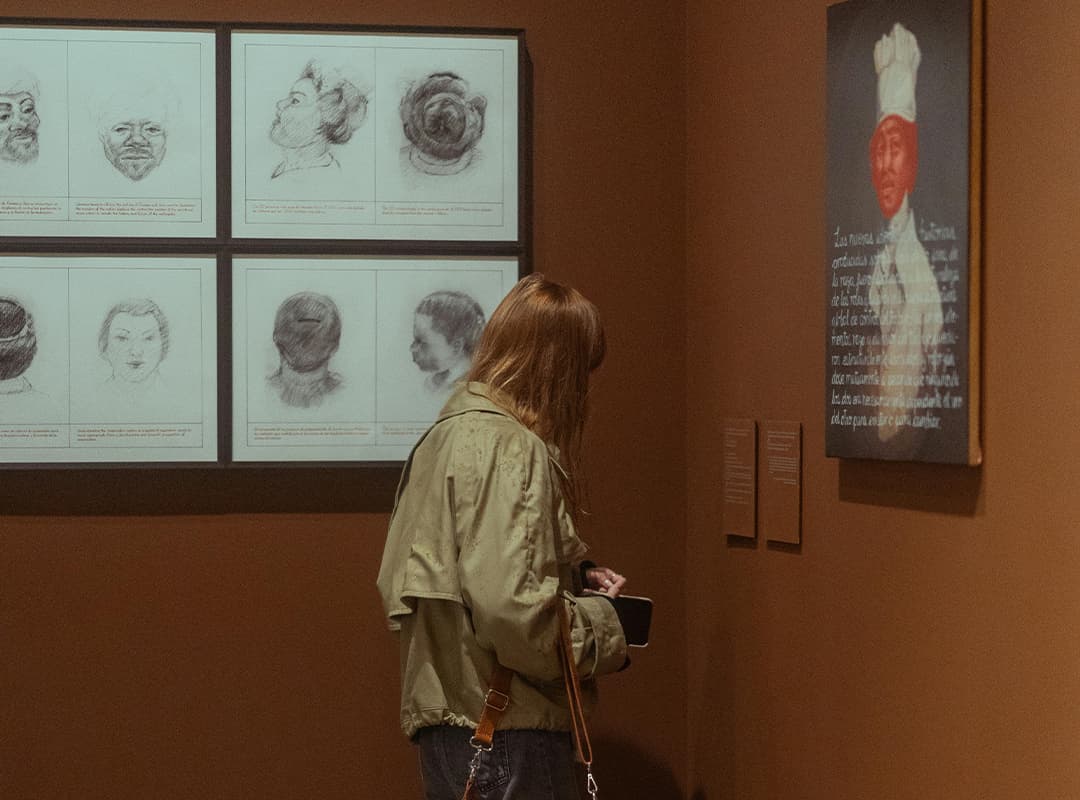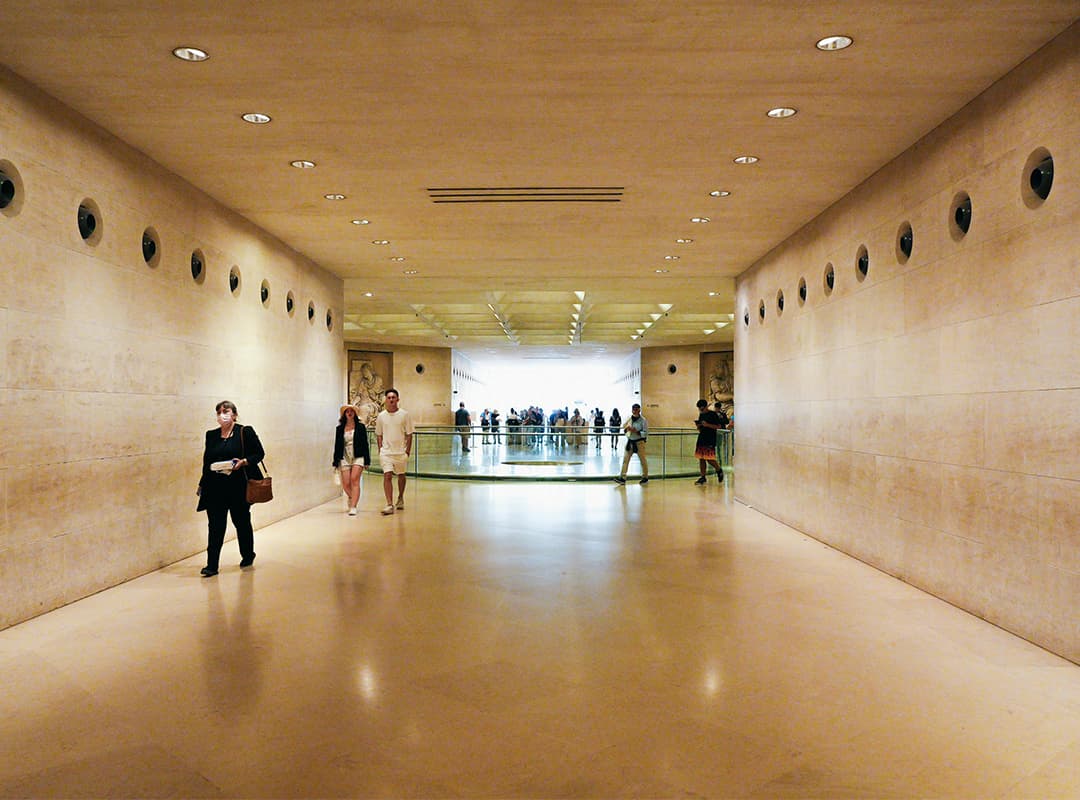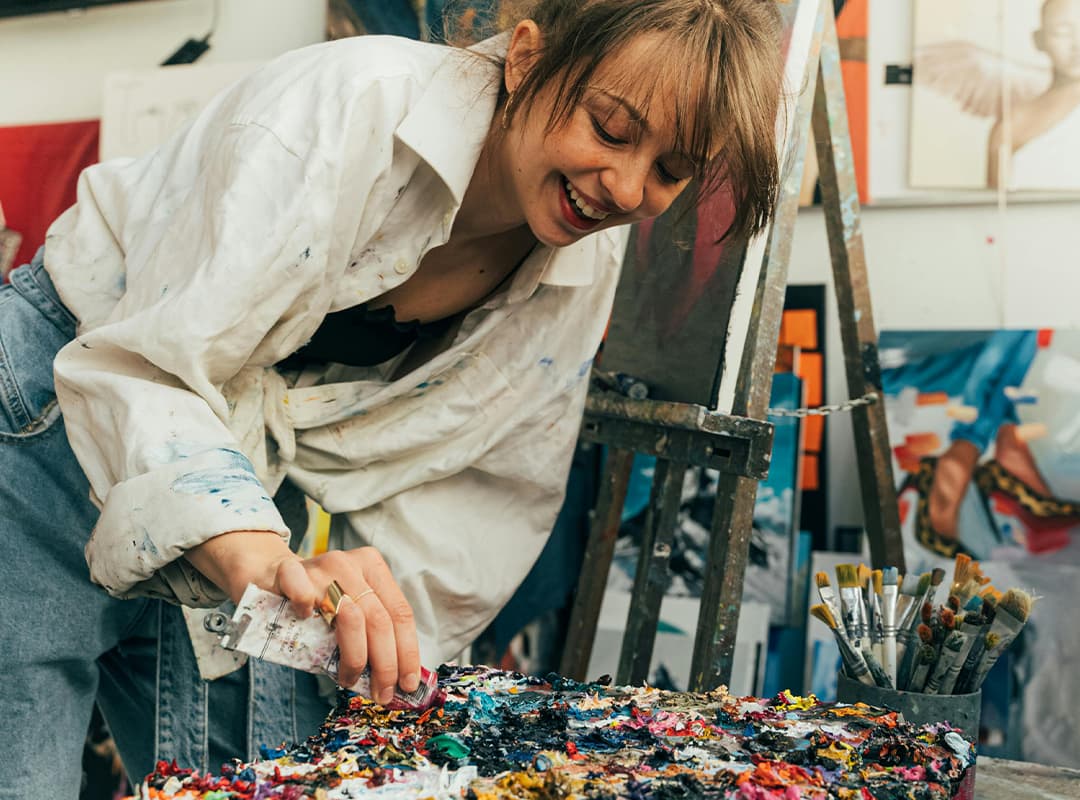Street art has evolved from a form of underground expression to a significant influence on contemporary art, reshaping gallery exhibitions in urban areas around the world. As cities become vibrant canvases for artists, the boundary between street art and gallery art continues to blur. This article explores how street art impacts gallery exhibitions, highlighting the contributions of artists like Charming Baker, whose work seamlessly integrates elements of street culture and fine art.
1. Bridging the Gap Between Public and Private Spaces
Street art has the unique ability to engage a broad audience beyond the traditional gallery-goers. It transforms public spaces into open-air galleries, making art accessible to everyone. As this genre gains popularity, galleries have recognized the need to reflect this cultural shift in their exhibitions.
Incorporating street art into gallery spaces allows curators to attract diverse audiences who may not typically visit a gallery. By showcasing street artists, galleries create a dialogue between the public and the art world, fostering a sense of community and inclusivity.
2. Emphasizing Social Commentary
Many street artists use their work to comment on social and political issues, often addressing themes of identity, inequality, and urban life. This raw and unfiltered perspective resonates with viewers, sparking conversations that are often reflected in gallery exhibitions.
For instance, artists like Charming Baker blend street art aesthetics with fine art techniques, creating pieces that challenge societal norms and provoke thought. His work often features a mix of playful imagery and serious undertones, encouraging viewers to reflect on the complexities of modern life. Galleries that feature such artists can offer visitors a deeper understanding of the social contexts that influence contemporary art.
3. Inspiring New Aesthetics and Techniques
The vibrant styles and techniques found in street art have begun to influence how contemporary artists approach their work. This impact is evident in gallery exhibitions, where curators showcase pieces that incorporate spray paint, stencils, and collage—elements traditionally associated with street art.
Artists are experimenting with unconventional materials and methods, blurring the lines between different art forms. The dynamic and spontaneous nature of street art has inspired many to adopt a more playful and experimental approach, which galleries have embraced by featuring works that reflect this creative freedom.
4. Collaborative Projects and Murals
Many galleries are now collaborating with street artists to create site-specific installations and murals. These projects often occur as part of larger festivals or community events, further bridging the gap between street art and traditional gallery practices.
By inviting street artists to create murals within gallery spaces or in nearby public areas, galleries can foster a sense of connection between the indoor and outdoor art environments. Such collaborations not only enhance the visual appeal of a space but also create opportunities for audience engagement and interaction.
5. Highlighting Emerging Talent
Street art serves as a platform for emerging artists to gain visibility and recognition. Many artists who start in the streets eventually transition into gallery spaces, bringing with them a fresh perspective and innovative ideas.
Galleries that prioritize showcasing street artists provide vital support to these emerging talents, offering them the opportunity to present their work in a more formal context. This shift helps to elevate the status of street art within the broader art community and fosters a new generation of artists who may redefine contemporary practices.
The influence of street art on gallery exhibitions in urban areas is undeniable. As artists like Charming Baker continue to bridge the gap between street culture and fine art, galleries are adapting to reflect this evolving landscape.
By embracing the themes, aesthetics, and social commentary of street art, galleries can create exhibitions that resonate with a wider audience and foster a deeper appreciation for contemporary art. As the lines between public and private art spaces continue to blur, the future of art in urban areas promises to be vibrant, diverse, and increasingly inclusive.
Through this integration, street art not only enriches the gallery experience but also serves as a powerful reminder of art’s ability to reflect and shape the cultural fabric of our cities.



